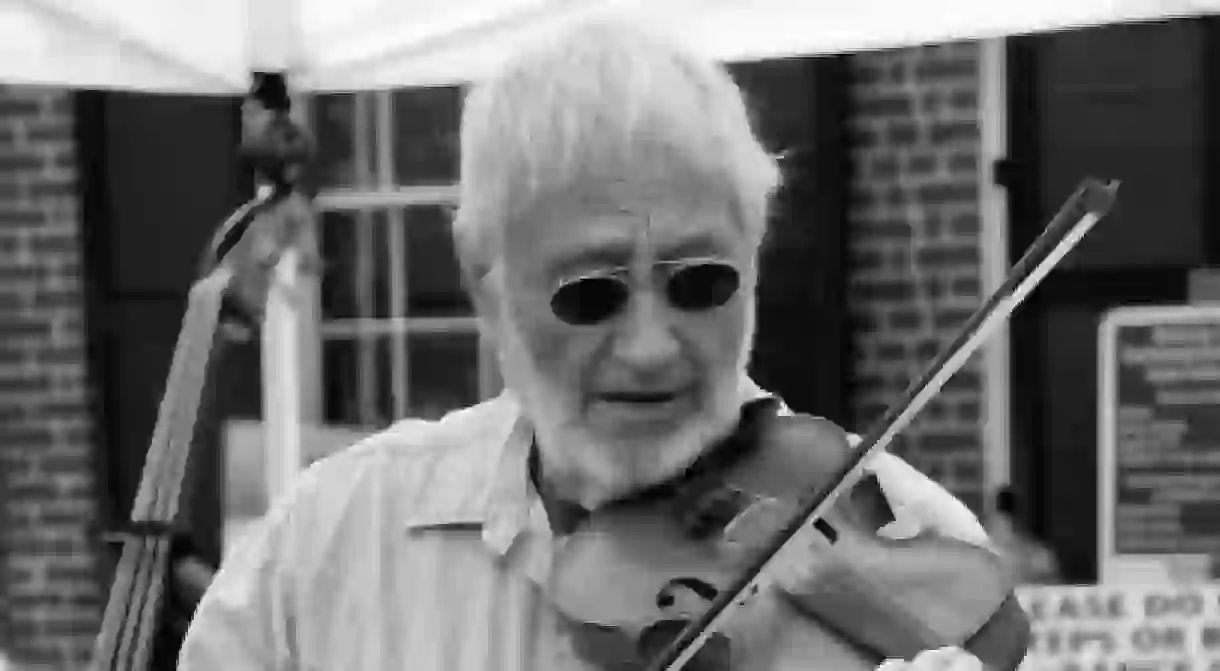Mountain Music: Appalachian Folk In West Virginia

The musical fusion of Appalachian folk music in West Virginia can be traced back to a rich oral and storytelling tradition, and the influence of colonial immigration in the 18th and 19th centuries.

The geographical extent of the Appalachians Mountains runs from Maine to Georgia and covers an area of 1,500 miles, encompassing 18 states, including West Virginia. During colonial times, the Southern Highlands, which include West Virginia and areas of Kentucky, Alabama and Tennessee, were known as the ‘Back County’. The early settlers in the 17th century were from the British Isles, but the varied, encompassing sound of the Appalachian folk musical sound began to develop, absorbing the influence of Native American Cherokee Indians, African-Americans, and European migrants.
The harsh, unforgiving landscape and lack of transport meant that many of the isolated rural mountain communities were able to develop their own distinct folk music tradition shaped by the arrival of colonial immigrants. Often using plucked or stringed instruments, and developing from the a-cappella song tradition to a rich, luminous sound of convergent cultures, the instrumentation of old-time Appalachian folk music included the use of a lead fiddle, banjo, drum, dulcimer, harmonica, harp, mandolin, saxophone and organ piano. The lyrics were often simplistic and expressed the loneliness and struggles of everyday mountain life along with themes of love, death, religion and celebration of folk figures.
Beyond the close-knit Anglo-Celtic origins of the music, there is a strong Germanic influence from the migrants who moved into the area from Pennsylvania into what is now West Virginia during the 18th and 19th centuries. There is also a notable African influence, adopting the blues sound of the enslaved African-Americans who were sent to work as factory and agricultural labourers. The ballad and the Irish fiddle tradition were combined with African ancestral instruments such as the banjo, group harmonies, call and response singing, and a distinct fingerpicking style influenced by the rhythmic styling of the West African kora. One of the most enduring folk songs of the era is ‘The Ballad of John Henry’ about an African American steel driver recounting the black railroad experience. John Henry has since become a West Virginian folk hero and an enduring figure of American folk music.
The resurgence in Appalachian music and the folk revival of the 1950s and 1960s was aided by the country radio station WWVA, one of the first in West Virginia, and the rural folk music that has developed in the mountains has had a lasting impact in the development of bluegrass, country and rock and roll. Notable West Virginian folk musicians include Melvin Wine, ‘Bind’ Ed Haley, Rita Emerson, Henry Reed, Wilson Douglas, Sandy Valley Boys and the Hammons Family.













